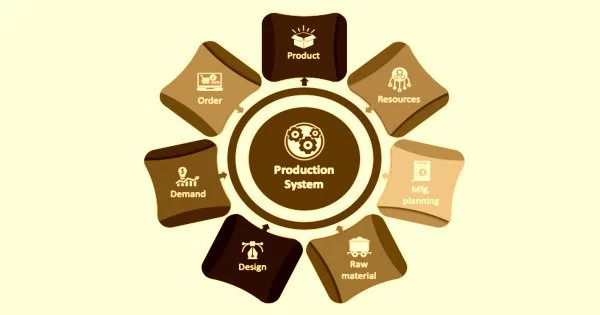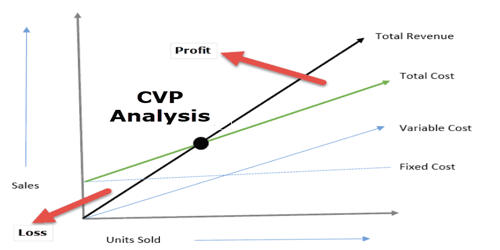Material Systems refers to all internal computer systems, communications systems, embedded manufacturing systems, and facility infrastructure systems that are material to a person’s business, finances, and operations.
The Material Product System (MPS) was a system of national accounts used by 16 Leninist countries for varying periods of time, including the former Soviet Union and Eastern Bloc countries (until around 1990), Cuba, China (1952-1992), and several other Asian countries. The MPS has now been replaced by UNSNA accounts in most countries that used MPS, though some countries, such as Cuba and North Korea, have continued to use MPS alongside UNSNA-type accounts.
Today it is difficult to obtain detailed information about accounting systems which are an alternative to UNSNA, and therefore few people know that such systems exist and have been used by various countries.
Differences from SNA
The main structural differences between MPS and UNSNA are due to a different interpretation of newly created value and the accumulation of stocks of wealth. As a result, the grossing and netting procedures for the main aggregates differ. Many services in MPS are not considered value-added and are thus excluded from the total net output. In contrast to services, the MPS aims to measure the annual output of material goods.
In MPS, the economy is divided into three sectors: productive enterprises, non-productive enterprises, and households. Typically, planning authorities also gathered extensive data on the physical units of products manufactured. This is not usually the case in traditional national accounts, which only measure the current market value of outputs produced.
Measurement of prices
Critics of MPS accounts contend that by providing a great deal of detail about the value and physical quantity of tangible products produced, but very little detail about those who relied on that production as consumers, MPS accounts fail to accurately depict how income, consumer goods, and capital wealth were distributed in the USSR.
However, supporters of the system argued that if many goods and services are provided to ordinary consumers for free or at a reduced cost (a “socialized” component of household income), valuing consumption expenditures in money prices becomes difficult and meaningless. In that case, it is argued, a more appropriate strategy is to measure what physical goods and services people actually consume, and to what benefits they are entitled.
Whatever the case, it is clear that there is a big difference in valuation methods between MPS and UNSNA, since MPS in large part works with administered prices set by the state, whereas UNSNA largely uses (real or imputed) “market” prices (these market prices should not be understood as being necessarily “free market prices” – Post-Keynesian economics has shown that a large proportion of prices in Western countries are in reality also a type of administered prices or regulated prices).
For example, if corporations transfer goods and assets between their corporate branches in different countries, they may not value them at market prices at all, but at prices that incur less tax and levies – prompting governments to set rules for how the goods must be valued and priced.
















